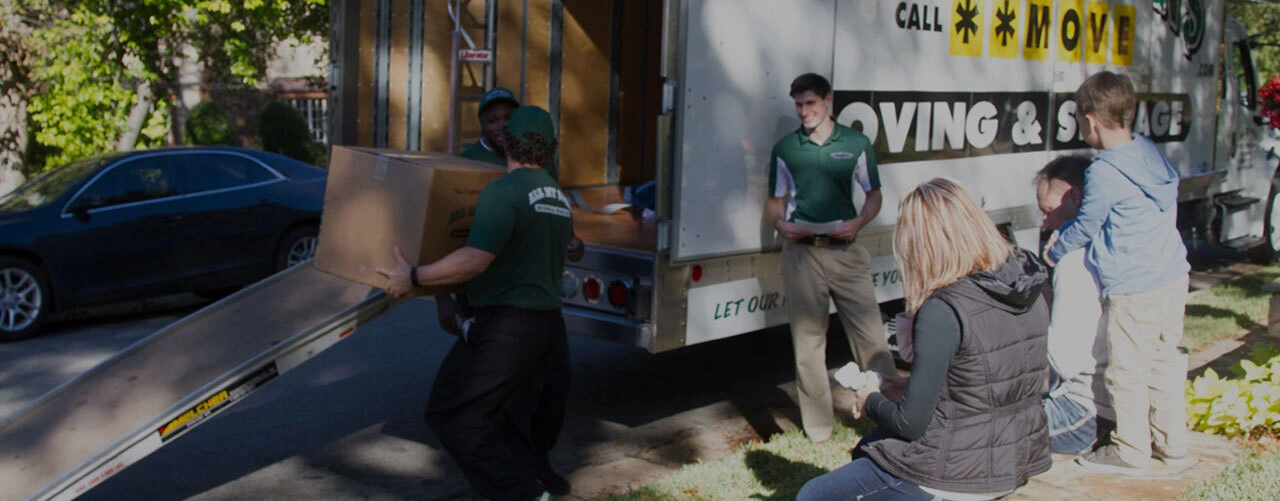Historic Neighborhoods in Baton Rouge
Baton Rouge is a very important city in the south. As the capital city of the state of Louisiana, it has a large amount of political influence on the state, and many political movers and shakers call Baton Rouge home. Within Baton Rouge, there are several neighborhoods and areas broken down throughout the city, mostly referred to as parishes. Within downtown alone, there are two historic neighborhoods, Spanish Town and Beauregard Town.
Spanish Town is a historic district that was founded in 1805. It is a great example of the progress that Baton Rouge has made over the years. The community has gone through many developmental changes since its inception, and serves as a "living history" by hosting an assemblage of surviving structures ranging in date from 1823 to 1975. The oldest structure is the Pino House, which was built in 1823.
Spanish Town is older than the city of Baton Rouge itself, and since there are few homes that survived through the Civil War, the area is now filled with newer homes influenced by the early 20th Century architecture. That time period for the area saw Spanish Town as a booming university community. Today, the area is home to a diverse community of artists, writers, actors, musicians, students, teachers, attorneys, politicians and more. There is also an annual parade in Baton Rouge that is the largest Mardi Gras parade in the city.
Beauregard Town is also in the downtown area and it dates back to 1806, when a retired military officer and New Orleans businessman Elias Toutant Beauregard founded the town. The initial dream for the town was for it to resemble a European city with plazas, beautiful public gardens and stately buildings. While the dream didn’t quite pan out as imagined, there are still tree lined streets and architecturally creative homes and offices throughout the neighborhood that make it distinctly unique.
Beauregard Town is one of the oldest neighborhoods in Baton Rouge. It is a community of mixed business and residential use, including a number of museums, government facilities, and restaurants. In 1862, Beauregard Town and the rest of Baton Rouge were occupied by the Union Army during the Civil War. Many structures were burned, or suffered damage by bombardment. Most of the current buildings in the subdivision were constructed between 1900 and 1930. In the 2000, the city of Baton Rouge renewed efforts to revitalize the downtown area. Beauregard Town is often considered in city planning meetings even to this day.
If you are moving to Baton Rouge and want to live in an area rich with the area’s history, these two downtown neighborhoods would be ideal options for you. Whether or not you can find an available property is an entirely different story!

